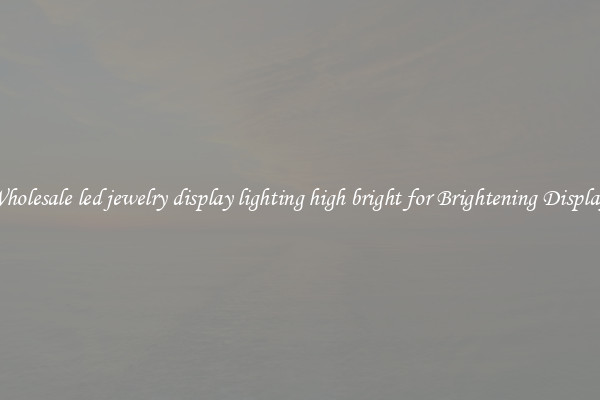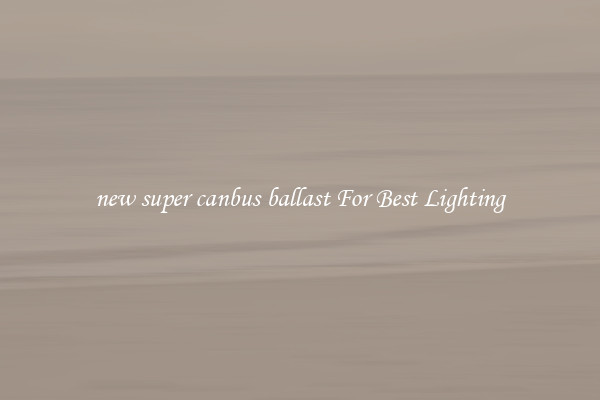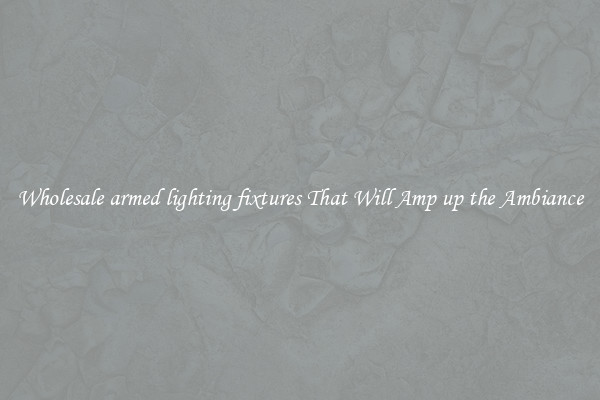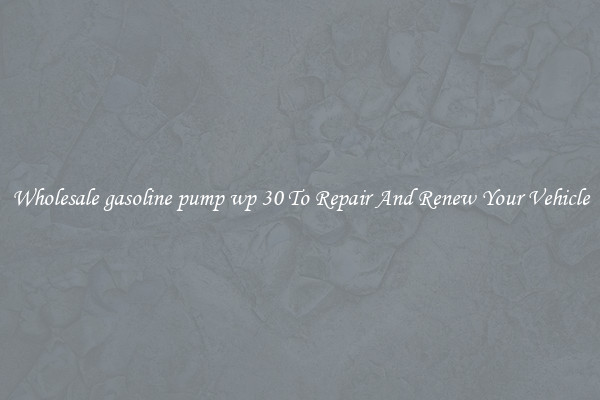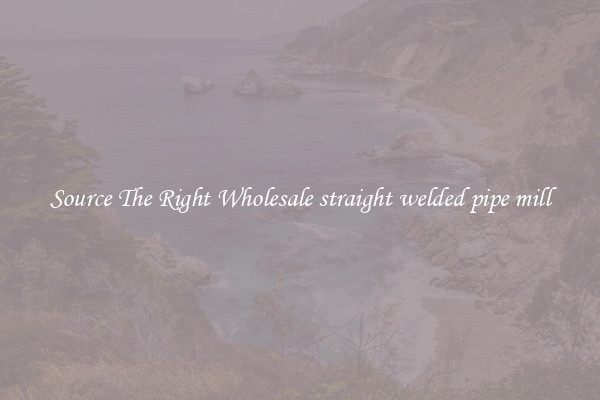high intensity discharge lighting For Best Lighting
High Intensity Discharge Lighting: Shedding Light on the Best Lighting Solution

When it comes to lighting, finding the perfect solution that offers both efficiency and brightness can be a challenging task. One option that has gained significant popularity and acclaim in recent years is high-intensity discharge (HID) lighting. These cutting-edge lighting systems provide a plethora of benefits in terms of illumination and energy efficiency.
High-intensity discharge lighting consists of a gas-filled bulb that includes a sealed capsule of gas and metal salts. When an electrical arc is created within the bulb, the gas ignites, producing an intense light. There are various types of HID lighting solutions available, including mercury vapor, metal halide, and high-pressure sodium lights.
One of the biggest advantages of HID lighting is its superior brightness. These light sources emit a powerful and intense light that is perfect for illuminating large spaces or areas that require high levels of visibility. Whether it's a parking lot, a sports field, or an industrial warehouse, HID lighting easily outperforms traditional lighting options.
Furthermore, HID lighting is known for its longevity. With an average lifespan of around 20,000 to 30,000 hours, HID lamps last significantly longer than incandescent or fluorescent lights. This prolonged lifespan not only reduces the need for frequent lamp replacements but also saves on maintenance and replacement costs in the long run.
Another remarkable characteristic of HID lighting is its excellent energy efficiency. High-intensity discharge lamps can convert the electrical energy they consume into light more efficiently than traditional light sources. Not only does this result in substantial energy savings, but it is also beneficial for the environment by reducing the overall carbon footprint.
HID lighting solutions are highly flexible and can adapt to various lighting needs. Whether it's a warm white light for general illumination or a cool white light for specific applications like stadiums, HID lamps can cater to a wide range of lighting requirements, making them a versatile choice for various settings and purposes.
However, it is important to note that HID lighting does have some drawbacks. One such drawback is the warm-up time required for the bulbs to reach their full brightness. These lamps typically need a few minutes to warm up, which may not be ideal for situations where immediate illumination is required.
Additionally, HID lighting systems can be more expensive upfront compared to traditional lighting options. However, considering the extended lifespan, energy efficiency, and reduced maintenance costs, the initial investment quickly turns into long-term savings.
In conclusion, high-intensity discharge lighting offers an exceptional lighting solution that combines brightness, efficiency, longevity, and versatility. Whether for commercial, industrial, or outdoor spaces, HID lighting provides superior illumination and energy efficiency. While they may come with a few minor drawbacks, the benefits far outweigh them. So, if you are searching for the best lighting solution, high-intensity discharge lighting is undoubtedly the way to go.

View details
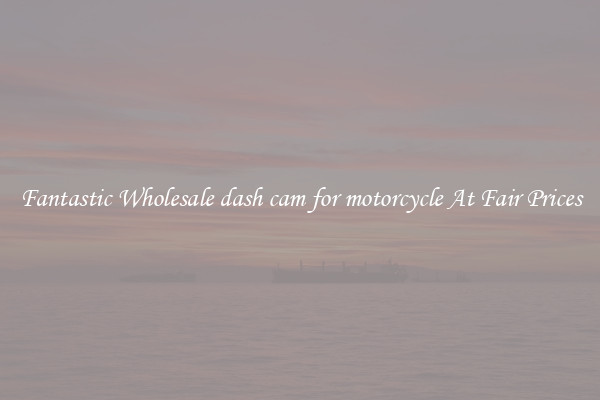
View details

View details

View details
